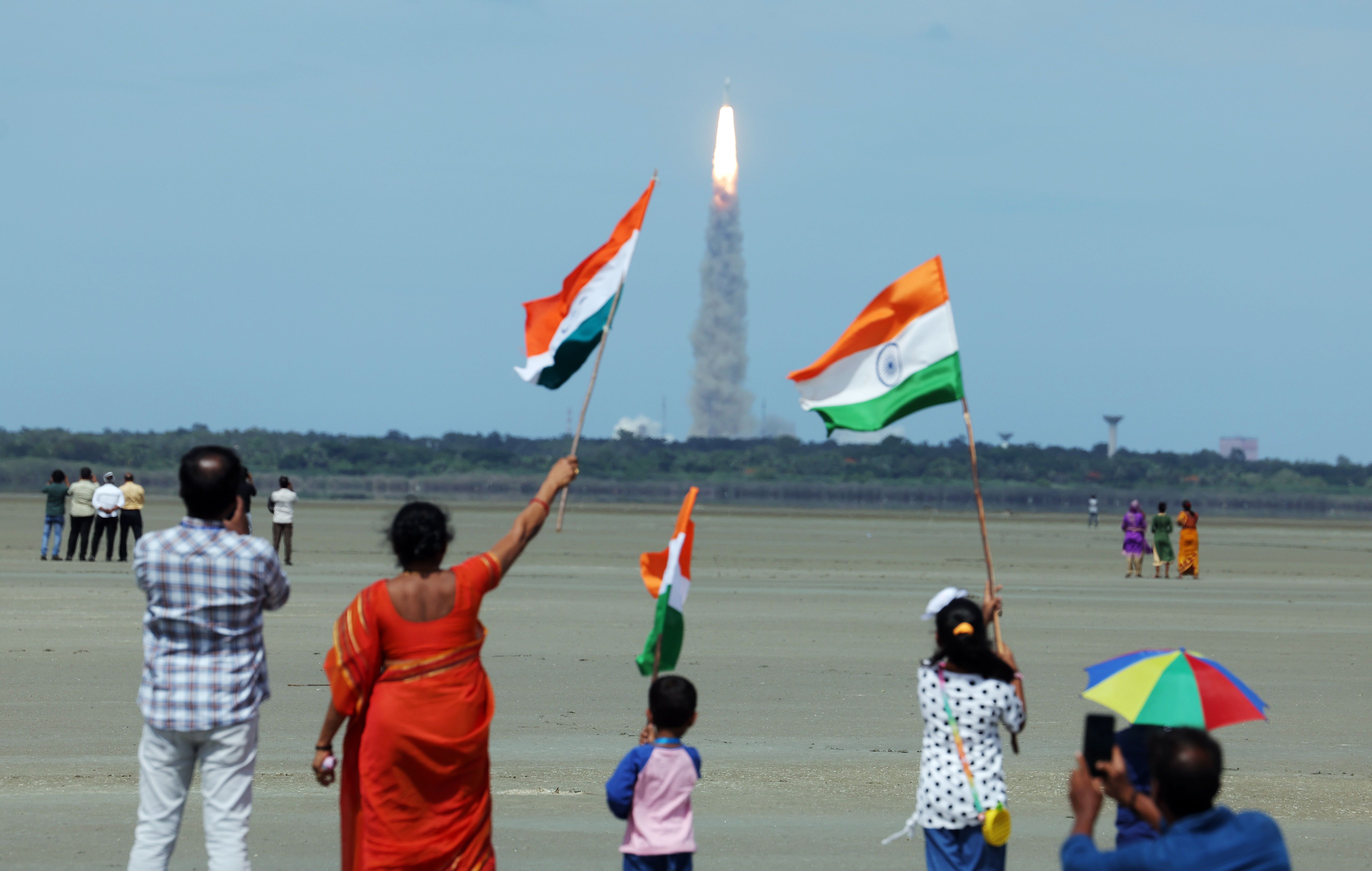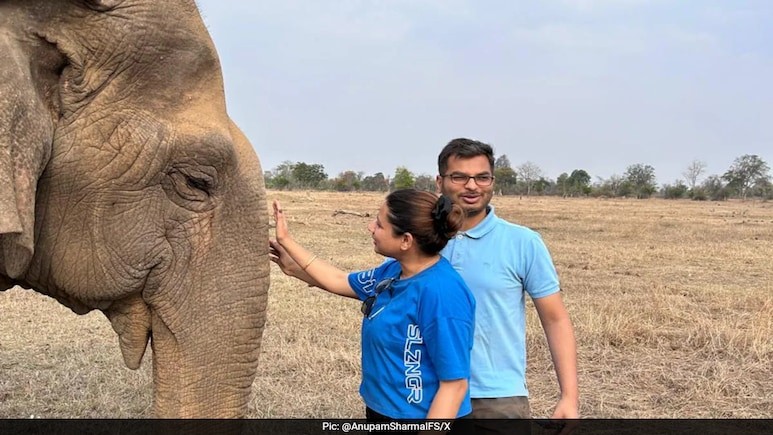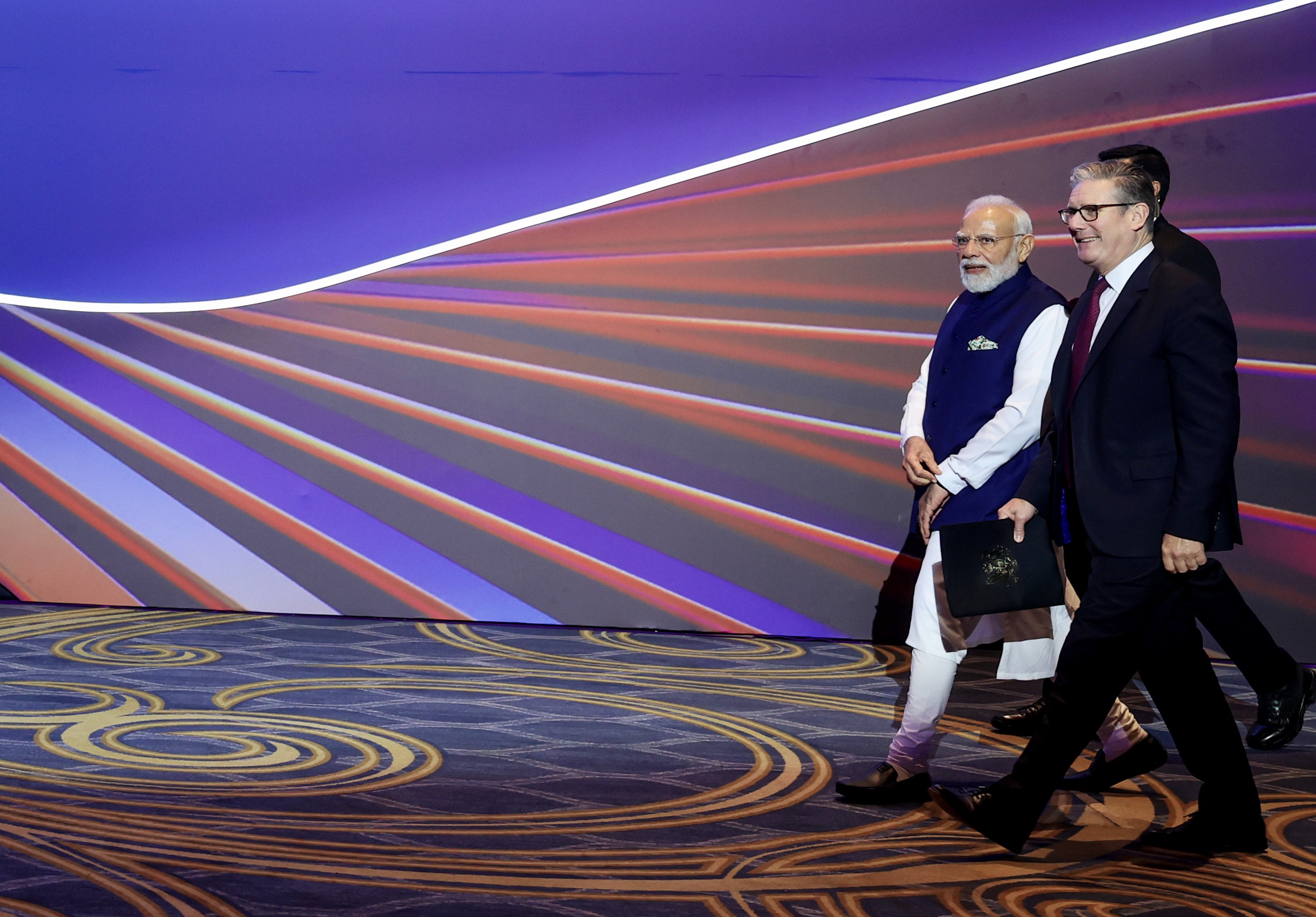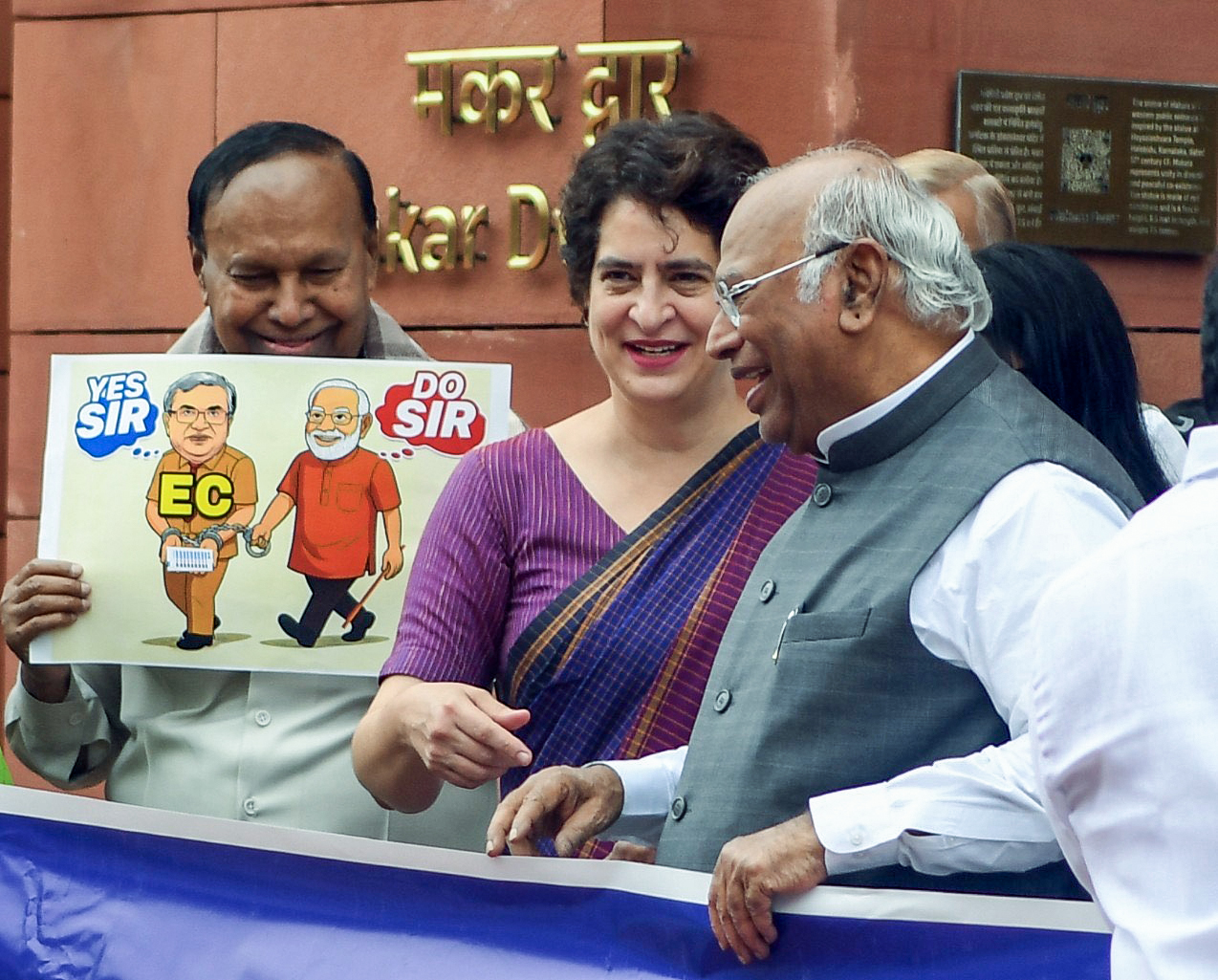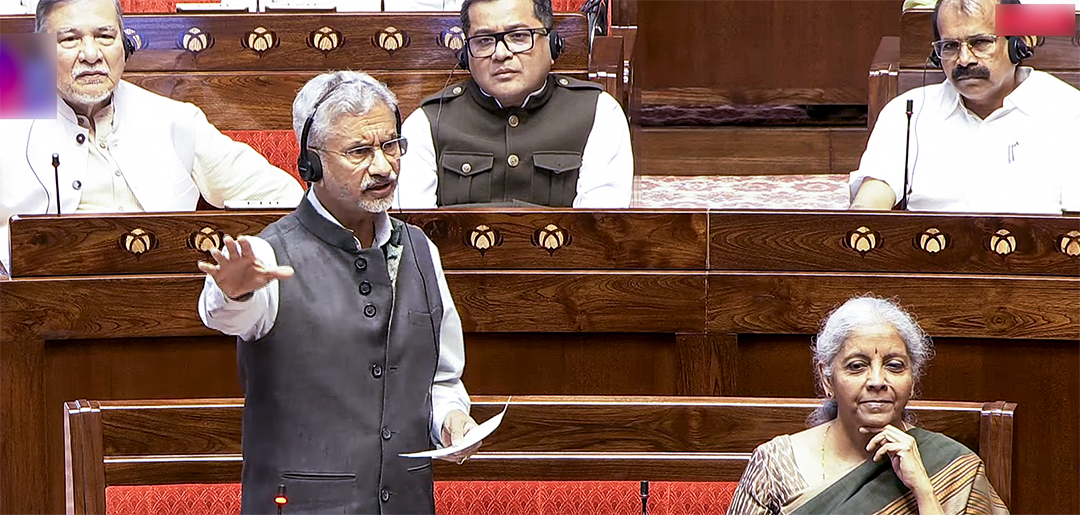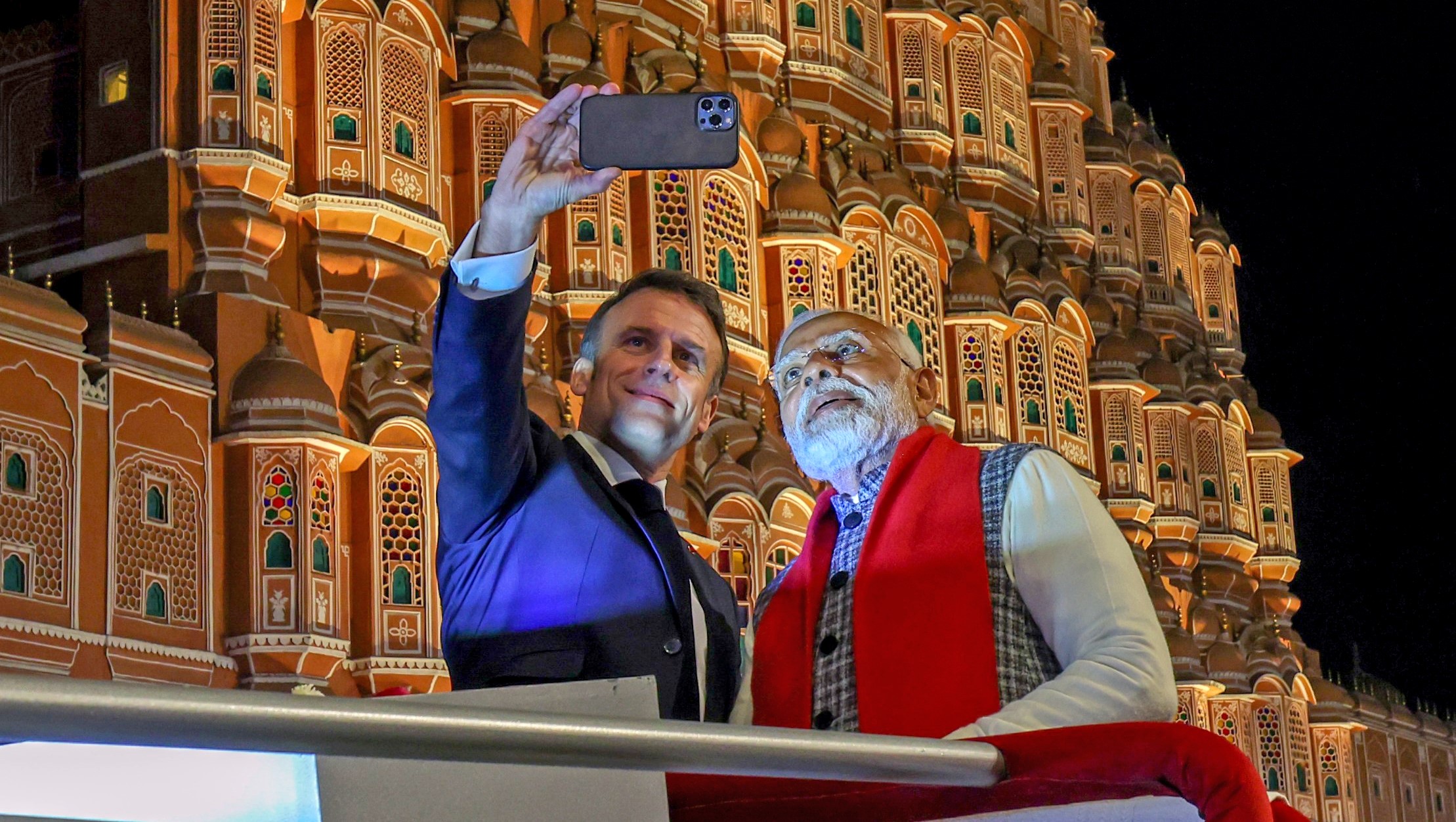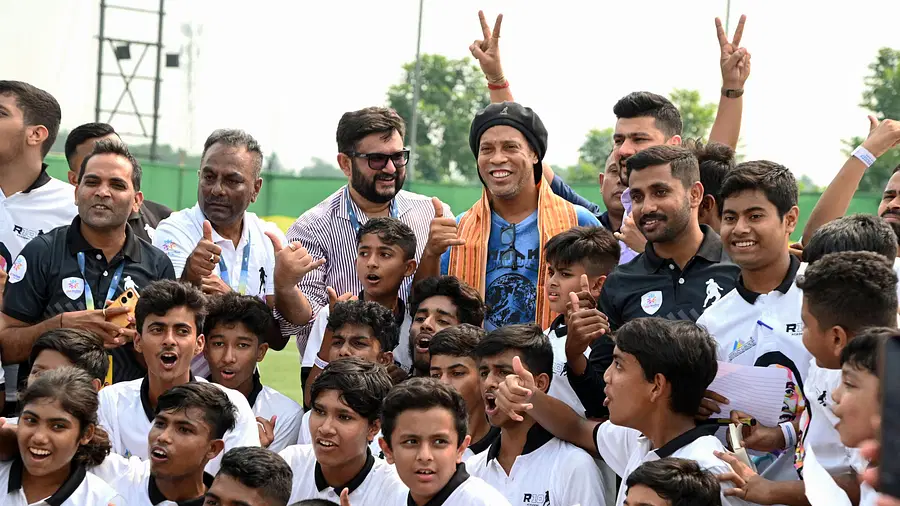Chandrayaan-3 is equipped with a lander, a rover and a propulsion module. It weighs around 3,900 kilograms
Our Bureau
Sri Harikota
The much-awaited moment is over as the GSLV Mark 3 (LVM 3) heavy-lift launch vehicle lifted off successfully from the Satish Dhawan Space Centre in Andhra Pradesh’s Sriharikota as per the scheduled launch time of 14:35 pm Friday.
The journey from Earth to the moon for the spacecraft is estimated to take about a month and the landing is expected on August 23. Upon landing, it will operate for one lunar day, which is approximately 14 Earth days. One day on the Moon is equal to 14 days on Earth.
Indian Space Research Organization (ISRO) confirmed that the spacecraft GSLV Mark 3 (LVM 3) has successfully launched Chandrayaan-3 into the orbit.
ISRO scientists announce the successful separation of the Satellite from the launch Vehicle. The Satellite has now been injected into the desired Orbit to begin its journey to the Moon. “Chandrayaan-3, in its precise orbit, has begun its journey to the Moon. Health of the Spacecraft is normal,” ISRO tweeted minutes after the launch.
Union Minister of State for Science and Technology Jitendra Singh congratulates ISRO Chairman S Somanath and his team for the successful launch of Chandrayaan-3.
Greetings and best wishes poured in as India launched Chandrayaan 3 on GSLV Mark 3 (LVM 3) successfully from Andhra Pradesh’s Sriharikota on Friday.
NASA administrator Bill Nelson took it to Twitter and wrote, “Congratulations to @isro on the Chandrayaan-3 launch, wishing you safe travels to the Moon. We look forward to the scientific results to come from the mission, including NASA’s laser retroreflector array.
European Space Agency (ESA) also congratulated ISRO and wrote, “Congratulations to @isro for a great launch!” “Destination: Moon Congratulations @isro on the successful launch of #Chandrayaan3!” the United Kingdom Space Agency wrote on Twitter.
Chandrayaan-3, India’s third lunar exploration mission, will make India the fourth country after US, China, and Russia, to land its spacecraft on the surface of the moon and demonstrate the country’s abilities for safe and soft landing on the lunar surface.
Chandrayaan-3 is the ISRO’s follow-up attempt after the Chandrayaan-2 mission faced challenges during its soft landing on the lunar surface in 2019 and was eventually deemed to have failed its core mission objectives.
Chandrayaan-3 will be inserted into the Lunar Transfer Trajectory after the orbit-raising maneuvers. Covering a distance of over 300,000 km, it will reach the Moon in the coming weeks. Scientific instruments onboard will study the Moon’s surface and enhance our knowledge.
Chandrayaan-3 is equipped with a lander, a rover and a propulsion module. It weighs around 3,900 kilograms.
July 14, 2023 will always be etched in golden letters in the annals of India’s space sector history, said Prime Minister Narendra Modi, ahead of the launch of the much-awaited Chandrayaan-3, India’s third lunar mission. “This remarkable mission will carry the hopes and dreams of our nation,” PM Modi had tweeted earlier.
“Thanks to our scientists, India has a very rich history in the space sector. Chandrayaan-1 is considered to be a path breaker among global lunar missions as it confirmed the presence of water molecules on the moon. It featured in over 200 scientific publications around the world,” PM Modi wrote on Twitter.
Chandrayaan-2 was equally pathbreaking because data from the Orbiter associated with it detected the presence of chromium, manganese and sodium for the first time through remote sensing. This will also provide more insights into the moon’s magmatic evolution, PM Modi stated.
The key scientific outcomes from Chandrayaan-2 include the first-ever global map for lunar sodium, enhancing knowledge on crater size distribution, unambiguous detection of lunar surface water ice with IIRS instrument and more. The mission has featured in almost 50 publications.
Extending best wishes for the Chandrayaan-3 mission, PM Modi urged people to know more about this lunar mission and the strides India has made in space, science and innovation. “It will make you all very proud,” he added.
K Sivan, former director of ISRO, told ANI that the success of mission Chandrayan-3 will give a morale boost to programmes like Gaganyan, India’s first manned space mission. Former ISRO scientist Nambi Narayanan, who has been instrumental in the country’s space sector innovation, said on Thursday the Chandrayaan-3 mission is going to be successful and a game-changer event for India.
















